In today’s increasingly crowded digital space, standing out in the world of digital marketing can be a real challenge. However, understanding the different types of marketing content can be the key to unlocking a winning strategy.
Why is having a variety of content so important? Offering different types of content allows you to connect with your audience in multiple ways, increasing engagement and catering to different preferences. Plus, using a range of content formats can boost your reach and SEO efforts, making your brand more visible online.
So, whether you’re looking for inspiration to revamp your digital marketing strategy or just starting to build your online presence, in this article, we’ll dive into six essential types of content every digital marketing strategy should include, complete with practical examples.
1. Blog Posts
One of the top content types for digital marketing (and the one you’re reading right now) is the blog post!
Blog posts are undeniably one of the backbones of digital content marketing. Not only do they help position your brand as an authority in your niche, but they also play a crucial role in boosting SEO by incorporating relevant keywords. Well-written, informative blog posts provide real value to your audience, encouraging loyalty and social sharing.
Example: Check out how BarkPost structures its blog for SEO by using images, well-placed headers, and internal links to related articles
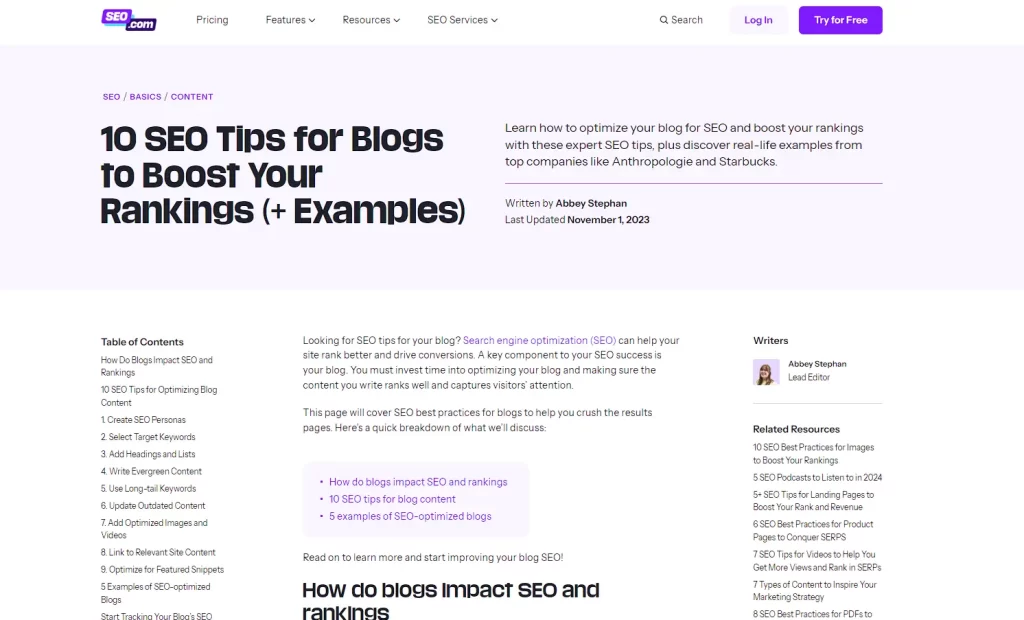
The key to success with blog posts is consistency and quality, alongside with a good SEO strategy. Regularly publishing relevant, high-quality content keeps your audience engaged and improves your search engine rankings.
Key Benefits of Blog Posts:
- Increase website traffic: Over time, if your blog follows SEO best practices, it can rank high on Google, driving more people to your site.
- Build audience loyalty: If your audience finds your content valuable and relevant, they’ll keep coming back for more.
2. Videos
Video content is rapidly becoming a dominant force in digital marketing. Video content is a must for any digital marketing strategy. It’s the most dynamic and engaging type of content out there, and more users watch videos every day than they do read text.
Videos are highly engaging and can convey complex information in a simple, digestible way. They’re ideal for tutorials, product demos, brand stories, and testimonials, providing a dynamic way to connect emotionally with your audience.
Example: Duolingo is undoubtedly a leading brand in video marketing. They use it creatively not only to engage their audience but also to promote their products and features.
When incorporating videos into your strategy, make sure they are optimized for search by using descriptive titles, relevant tags, and detailed descriptions to maximize visibility.
Key Benefits of Video:
- Most consumed format online: Creating educational videos about your solutions is a smart move since users are constantly searching and engaging with this format.
- Easier to convey your message: Videos use various visual tools to make it easier to explain complex topics.
3. Infographics
Infographics are a type of content that combines short text with visuals, making complex information easy to understand.
Infographics allow you to present complex data or information in a visually appealing and easy-to-digest format. They’re perfect for summarizing research, comparing products, or explaining processes in a clear and concise way. Infographics are also highly shareable, increasing the chances of your content going viral.
Example: This infographic from Peace Out Skincare promotes their product in a fun and visually appealing way
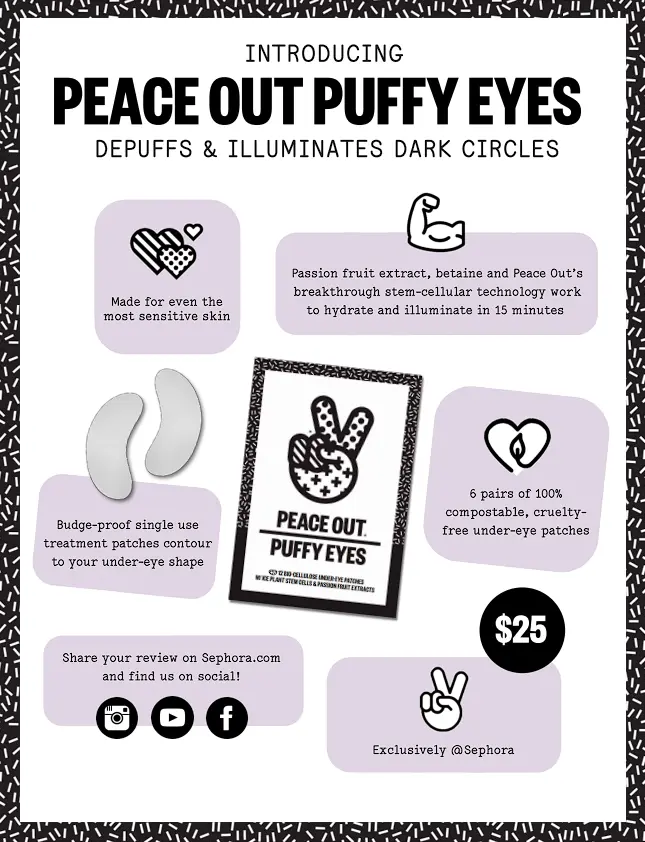

To create effective infographics, ensure they are visually appealing and informative. Using your brand colours and a clean layout reinforces your visual identity.
Key Benefits of Infographics:
- Boost social media engagement: Platforms like Facebook, Twitter, and Pinterest thrive on visual content, making infographics a great fit.
- Optimize for conversions: Infographics can encourage consumers to take action, whether it’s downloading more content or checking out your products.
4. E-books
An eBook is essentially a digital book that can be read on any device—computer, tablet, or smartphone. It dives deep into specific topics, offering detailed insights and covering various aspects of the subject
E-books provide an excellent way to deliver in-depth value to your audience, positioning your brand as an authority in your niche. They’re great for covering complex topics that require more detail than a blog post or video. E-books are also powerful tools for lead generation, often requiring users to provide contact information in exchange for access.
Example: HubSpot offers a variety of free eBooks that provide valuable insights to their audience while also serving as effective lead magnets
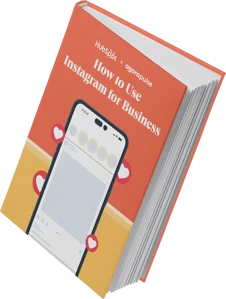

Key Benefits of eBooks:
- Generate more leads: With the right promotion, you can attract a solid stream of new leads for your business.
- Nurture leads towards purchase: If readers find the eBook valuable, they’re more likely to move down the sales funnel, giving you an opportunity to close the deal.
5. Case Studies
Case studies are a powerful way to showcase the real-world results your brand delivers. They highlight client success stories or past projects, detailing the challenges faced and how your solutions made a difference. Case studies are especially effective in B2B marketing, where purchase decisions are often driven by proven success.
Example: Jasper uses customer stories to show how their clients benefit from their product while building trust and credibility
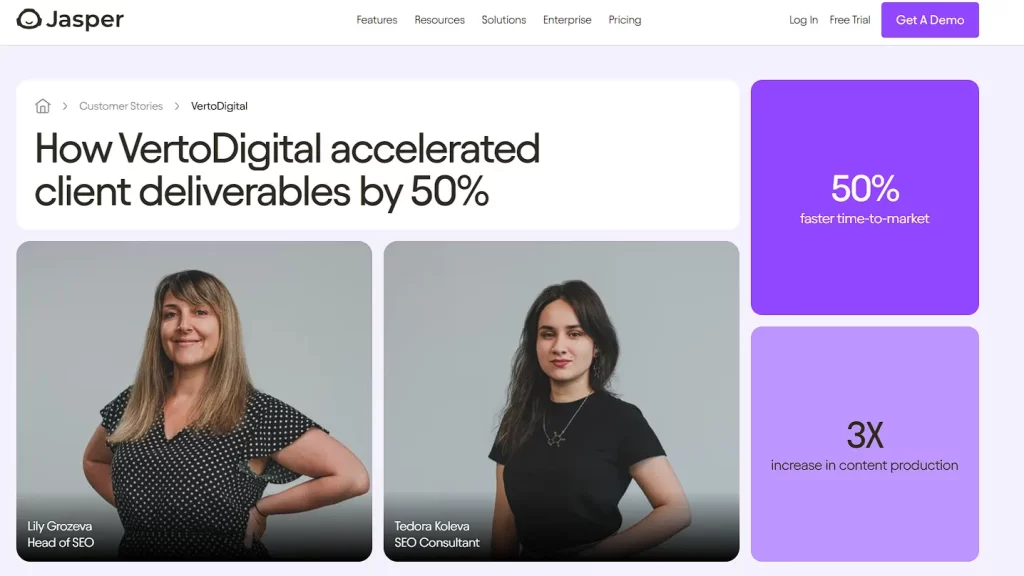

By sharing tangible success stories, you demonstrate your brand’s value and build credibility with your audience.
Key Benefits of Case Studies:
- Build trust and credibility: Showing how you’ve helped others is one of the most powerful ways to demonstrate the value of your business.
- Inspire action: When potential customers see tangible results, they’re more likely to take the next step and work with you.
6. Email Marketing
Email marketing remains one of the most effective forms of content delivery, despite being one of the oldest. It can be automated based on customer actions (such as making a purchase or signing up for a newsletter) or used strategically to promote offers, share valuable content, and foster customer relationships.
Example: Goody used a special date to build a creative and compelling email campaign and promote their products
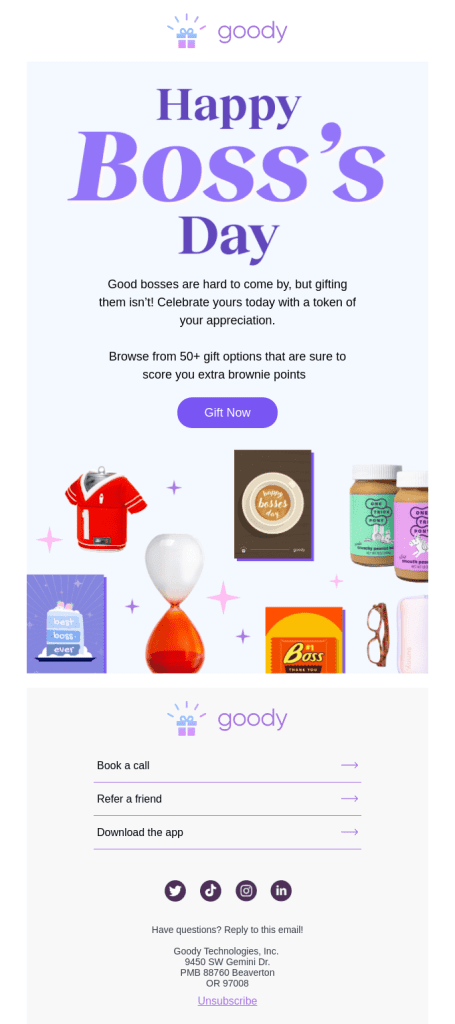

Remember, emails should offer value beyond just promotions. Use them as an additional source of quality content.
Key Benefits of Email Marketing:
Encourage repeat business: By providing value through email, you can keep customers engaged and more likely to make future purchases.
Direct line to your audience: Emails allow you to speak directly to your customers and build a relationship over time.
Exploring different types of marketing content can breathe new life into your digital strategy and significantly improve audience engagement. By incorporating a variety of formats, you’ll cater to the diverse preferences of your audience and strengthen your online presence. Remember, the key to a successful content strategy is quality, relevance, and consistency.
